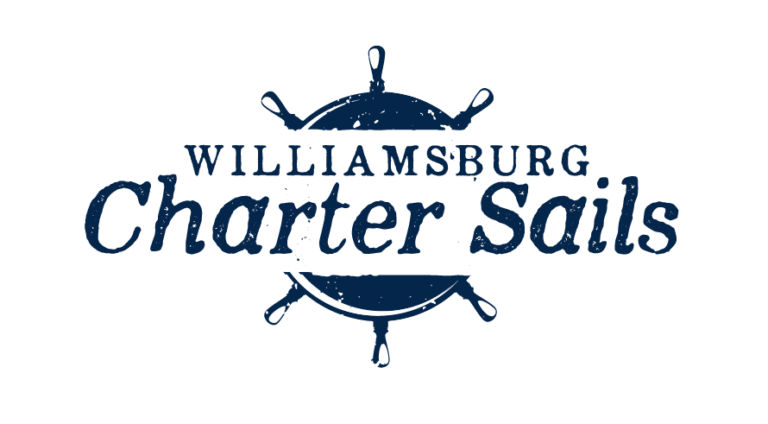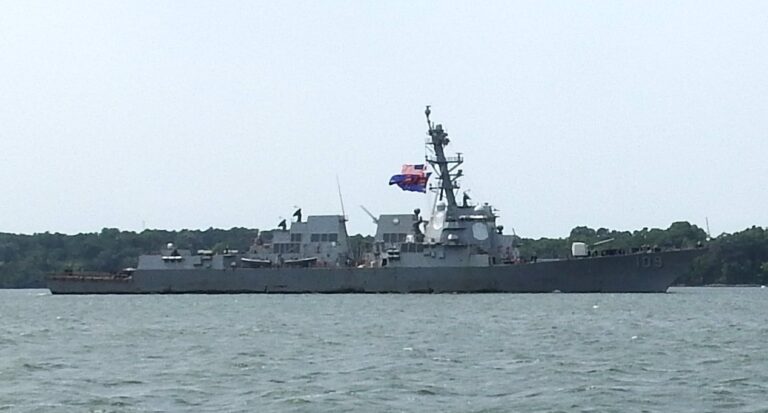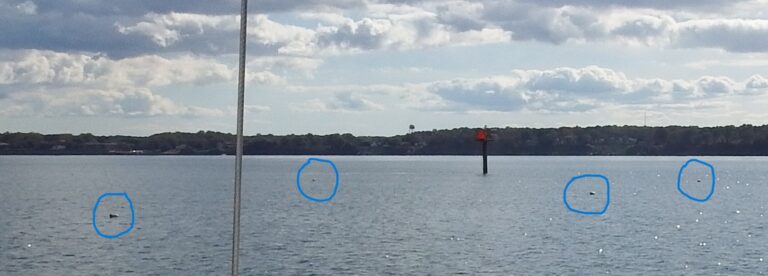Runaway slaves found themselves in an unusual situation during the American Revolution. The new republic touted liberty and freedom, but this did not extend to all members of society. If they escaped the plantation they could gain their freedom from the British, and that factored into Williamsburg and Yorktown. In her new book, “Epic Journeys to Freedom,” Cassandra Pybus personalizes the wartime stories of black men and women who fled their masters to seek freedom.
“Scipio Handley was a self-employed black fish seller in Charleston when he was caught carrying messages for the embattled royal governor of South Carolina, Sir William Campbell, late in 1775. As far as the rebellious colonists were concerned, Handley’s capture was clear evidence that the British were set upon undermining the social order in the slave colony. Campbell had been regarded with deep suspicion from the moment he had stepped ashore in Charleston in June that year, rumored to be bringing a huge cache of arms to inspire a slave uprising against them…
“While waiting execution in the Charleston jail, he was smuggled a file to sever his iron manacles. He jumped two stories from his cell window and escaped to Sullivan’s Island, a small area in Charleston Harbor under the control of British warships. On Sullivan’s Island he joined a small community of runaways sheltering in flimsy huts they had thrown together from found materials. For months enslaved people in Charleston had been absorbing the mounting hysteria about British intentions and impending war. They knew that the English army had landed in Massachusetts and was preparing to do battle with their masters, and that there had been fighting in the backcountry between the Patriot and Loyalist militia. When word of Dunmore’s proclamation freeing those prepared to bear arms for the king reached Charleston, the British ships in Charleston Harbor were transformed into a symbol of hope. Those who sought refuge with the British took a calculated risk, under no illusions about the cruel death they might expect should they be caught.
“Campbell sailed north to Cape Fear, in North Carolina, to rendezvous with the British commander in the region, Major General Henry Clinton, who had arrived from Boston in February with twenty British warships and several troop transports. Even before this fleet arrived, runaways were defecting to the British commander at the mouth of the Cape Fear River, near the town of Wilmington. This was a region where enslaved people enjoyed an unusual degree of mobility and freedom, working as carpenters, dock workers, or loggers in the pine forests. When the British warship began to bombard Wilmington in February 1776, the fearful white residents were evacuated inland and the town was left almost entirely to its enslaved workforce.”
-Condensed from the Museum of the American Revolution, Philadelphia
Let’s go sail. To see the rates and reserve a date for a sailboat charter, click here. To check out reviews from sailors, click here. To become a crew member on a charter sail or to tell us your sailing story, click here.
Runaway Slaves Runaway Slaves Runaway Slaves Runaway Slaves



